
|
|
|||||

The colors of fall, giant walls of granite, cool crisp autumn air, it draws in droves of visitors to Yosemite National Park each and every year. The curving roads leading you into the valley lined with oaks and other trees showing brilliant gold and yellow leaves, and the banks of the mighty Merced River reflect the warm glow of fall at every bend. Yosemite is most visited during the summer, but it is the other seasons that really accentuate its true beauty. The problem is that often when people visit parks as breathtaking as Yosemite, they become overwhelmed by the grandeur and spend less time focusing on their photos and end up coming home with images they're not happy with. That's where we step in. The Aperture Academy is trained in helping photographers overcome their awe and amazement and learn the tools necessary to take their photography to the next level and bring home the magical images from places like Yosemite.
Friday night a group of 11 eager photographer met instructors and pro photographers Brian Rueb and Scott Davis in the lobby of the Yosemite View Lodge to go over the itinerary for their weekend exploring Yosemite National Park and the glory of fall. During the orientation the instructors get to know the students and what they want to work on during their weekend….everyone comes to us with different skill levels and needs, and it's our goal to learns those so our in-field instruction can be tailored around the needs of our class and the learning style that best suits them.
 The first morning the class heads up into the thin air and Yosemite's high country in search of color, and granite. The drive is a doozy and we left at 5:45am in order to get to our spots in time to catch any color that might pop out as the sun comes up over the Sierra. The first spot of the day is the banks of the gorgeous Lake Tenaya. Lake Tenaya had a lot of options for working with students on composition. The rocky, granite shoreline has cracks, grooves, and curves that really help Scott and Brian show the students how to use foreground to make a great, aesthetic composition. The color for sunrise wasn't the greatest but we were still able to use the location to help students get a feel for the filters we recommended. The polarizer and the graduated neutral density filters are always a hot topic among out classes. The interesting cracks and shapes under the surface of the lake made a great lesson for how the polarizer can cut a reflection and show the interesting shapes under the waters' surface.
The first morning the class heads up into the thin air and Yosemite's high country in search of color, and granite. The drive is a doozy and we left at 5:45am in order to get to our spots in time to catch any color that might pop out as the sun comes up over the Sierra. The first spot of the day is the banks of the gorgeous Lake Tenaya. Lake Tenaya had a lot of options for working with students on composition. The rocky, granite shoreline has cracks, grooves, and curves that really help Scott and Brian show the students how to use foreground to make a great, aesthetic composition. The color for sunrise wasn't the greatest but we were still able to use the location to help students get a feel for the filters we recommended. The polarizer and the graduated neutral density filters are always a hot topic among out classes. The interesting cracks and shapes under the surface of the lake made a great lesson for how the polarizer can cut a reflection and show the interesting shapes under the waters' surface.
The second stop of the day was Olmsted Point. The class walked out to a huge granite shelf where we were able to see the mighty Half Dome in the distance watching over the valley. This was a great spot for using the lesson of telephoto compression to decrease the appearance of the distance between the foreground and the background by zooming in. Students were able to make half-dome appear far larger in their composition by zooming in and composing images with Half Dome and the neighboring granite cliffs in the foreground. The class walked the granite shelf for a while working on interesting shots of the peaks, and detailed shots of the patterns in the mountainsides and interesting juniper trees that somehow cling to life in the thin air and rocky ground.
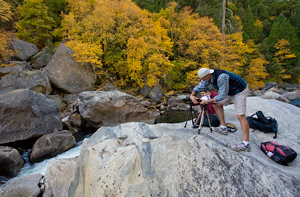 The last stop of the morning was the peaceful colors and reflections of Siesta Lake. A small mountain pond more than a lake, Siesta Lake has some of the high country's best color; gold, Yellows, Reds, and a pristine reflection of the surrounding forest. The class spread out and the instructors worked, again on the use of polarizers, and really focusing on compositional aspects of photography. The images had such nice color, it was great to see the class getting right down at the water level and making some very interesting shots. It's important in photography to really figure out what it is about a scene that draws you into a scene and then figure out the best way to create images that bring the eye to those areas and keep your interest. Our instructors have years of experience doing just this and really love to help the students SEE the things they do, and work on how to approach a scene.
The last stop of the morning was the peaceful colors and reflections of Siesta Lake. A small mountain pond more than a lake, Siesta Lake has some of the high country's best color; gold, Yellows, Reds, and a pristine reflection of the surrounding forest. The class spread out and the instructors worked, again on the use of polarizers, and really focusing on compositional aspects of photography. The images had such nice color, it was great to see the class getting right down at the water level and making some very interesting shots. It's important in photography to really figure out what it is about a scene that draws you into a scene and then figure out the best way to create images that bring the eye to those areas and keep your interest. Our instructors have years of experience doing just this and really love to help the students SEE the things they do, and work on how to approach a scene.
The class was enthusiastic and before we knew it was almost noon…and time to take a lunch break. Despite Brian's best NASCAR like efforts to take the class back to San Francisco, we eventually ended up back on the right road and back in El Portal for a break to wait for the sun to drop in the sky so we could head up to the other side of the valley and view Half Dome from the other side from the magnificent Glacier Point.
The class came reconvened rested and ready for the second half of the day. The drive up to Glacier Point is another long haul, and lucky this one was broken up with the first wildlife viewing of the trip. A lone coyote decided to lounge along the roadside and send our class in to high alert as they scrambled to switch lenses and get out of the ApCab quick enough to grab a few frames of this healthy critter as he made his afternoon pilgrimage from the high country down to the valley to look for food. This coyote was comfortable with the class viewing him and gave us (and a lot of other vehicles) a good 5-10 minutes of his time before he made his way down the hillside towards the valley below. A few of the class who had longer lenses were able to get some really nice full frame images of the critter. Wildlife expert Scott Davis helped the class to get the most out of their images in the brief time we had to shoot the coyote. Brian manned the ApCab and kept the hazard lights running.
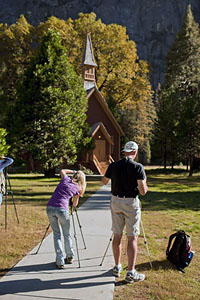 Glacier Point is a high granite area directly across the valley from the mighty Half Dome. The view is stunning, and our class arrives in plenty of time to ensure we get pole position in the workshop. We set up right on the edge of the canyon with views of Half-Dome in front of us, Nevada and Vernal Falls to our right, Yosemite Falls to our left, and the might Sierra Range sprawled out behind all of those. The class again worked with zoom lenses and created compositions that put emphasis on half dome, and used some of the tree lines, and granite cracks to help with leading lines to guide the viewer's eye through the image. We used the GND filters to balance out the brighter sky from the darker areas of the valley below, and used a polarizer to help give some definition to the few clouds that straggled through the upper reaches of the stratosphere high above. When the last light had faded, the sky kept a pastel pink glow that really helped create a wonderful scene with the pales granite in the peaks. The class shot until the sky was almost dark before finally relenting to the urge to head back to the hotel for dinner and some much earned rest.
Glacier Point is a high granite area directly across the valley from the mighty Half Dome. The view is stunning, and our class arrives in plenty of time to ensure we get pole position in the workshop. We set up right on the edge of the canyon with views of Half-Dome in front of us, Nevada and Vernal Falls to our right, Yosemite Falls to our left, and the might Sierra Range sprawled out behind all of those. The class again worked with zoom lenses and created compositions that put emphasis on half dome, and used some of the tree lines, and granite cracks to help with leading lines to guide the viewer's eye through the image. We used the GND filters to balance out the brighter sky from the darker areas of the valley below, and used a polarizer to help give some definition to the few clouds that straggled through the upper reaches of the stratosphere high above. When the last light had faded, the sky kept a pastel pink glow that really helped create a wonderful scene with the pales granite in the peaks. The class shot until the sky was almost dark before finally relenting to the urge to head back to the hotel for dinner and some much earned rest.
The next day was another early start. We spent the first part of day two looking out over the valley from the most iconic vantage point- Tunnel View. Sunrises are tough in Yosemite due to the height of the surrounding peaks and the sun rising in the east behind the massive 10K plus foot rock walls. We still worked on some twilight shots of El Capitan and discussed how to use the filters to balance exposures, as well as when using a bracketed system could be helpful to help with the very tricky lighting.
When the sun was up enough that El Capitan started to get some warm light on its eastern face the class set off for the valley to work the banks of the Merced River to grab some of the reflections of this rock climbers dream as it glowed brilliant gold in the cool blue water of the river.
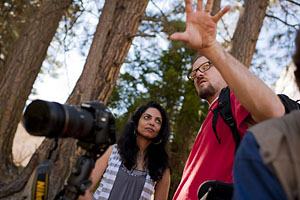 The class really came away with some stunning images of El Capitan fully reflected in brilliant color in the river. Brian and Scott helped with exposure, filter use, and using some of the foliage on the banks for a foreground interest…or in some instances as compositions in and of themselves. When they had braved cold fingers and toes long enough it was off to the village of Yosemite Valley for some breakfast, coffee, and even a small impromptu processing session.
The class really came away with some stunning images of El Capitan fully reflected in brilliant color in the river. Brian and Scott helped with exposure, filter use, and using some of the foliage on the banks for a foreground interest…or in some instances as compositions in and of themselves. When they had braved cold fingers and toes long enough it was off to the village of Yosemite Valley for some breakfast, coffee, and even a small impromptu processing session.
On our way out of the valley we made one stop at a colorful bend in the river where a grove of vibrant yellow-leafed trees balanced out the rapids and green-blue water of the river. It was one of those little areas you have to know to appreciate, and our instructors know these parks and all the little intricate areas that students find enjoyable to photograph.
Post-break we spent a big chunk of time near the 'swinging bridge' portion of the Merced River. This section not only offered pristine reflections of the upper portion of Yosemite Falls, but it also gave the class a chance to work on abstract images of reflections in parts of the river. This continued on our polarizer discussions we'd had over the first day as well as gave some work on thinking creatively, and coming up with more intimate and abstract detail type shots. The class took great leads from the tips Brian and Scott provided and came away with some really unique images from this stop.
 Then it was off to the iconic Yosemite Chapel, where we photographed one of the parks most colorful trees. Whether we were shooting fallen leaves on the ground or trying to catch a sunburst with a high aperture while shooting through the branches, it was color, color, color everywhere in the vicinity of this tree. We also were treated to a beautiful buck deer who graciously posed for our class for a few moments in the fading golden afternoon light before bounding off to protect his herd.
Then it was off to the iconic Yosemite Chapel, where we photographed one of the parks most colorful trees. Whether we were shooting fallen leaves on the ground or trying to catch a sunburst with a high aperture while shooting through the branches, it was color, color, color everywhere in the vicinity of this tree. We also were treated to a beautiful buck deer who graciously posed for our class for a few moments in the fading golden afternoon light before bounding off to protect his herd.
While the sun sets behind the massive granite walls of the valley, the lower portion of Yosemite Falls becomes engulfed in shade, which makes it perfect for us to stop and give a brief lesson in slow shutter water photography. While this location can be roaring and nearly impossible to shoot during the spring, it was at low flow now in the fall and that meant our class could get up close and personal to the lower portion of this waterfall and capture some nice images of the falls and the pools of water around the base.
The final spot of the night was Valley View, another iconic vista. This spot offers great views of the mighty El Capitan and Bridal Veil Falls. The light radiates off of the granite walls, and then reflects its warmth into the cool waters of the river as is ambles on its way westward. The class arrived early and secured great spots right on the river where we were able to use the rocks and green river grass as foreground in our images, which primarily centered around El Cap' and the great colors it reflected into the river. This was perfect for working with the graduated filters, polarizers, and using them for a more vertically orientated composition. The class was really getting a lot of information to use over the course of the weekend, but they were soaking it in and putting it to excellent use in the field. A few of the newer students were turning out amazing images, and all in all everyone made the best use of every stop and filled up a lot of space on those memory cards. Even though the colors of fall are fleeting, the images the class captured are sure to create memories and pieces of art that last for ages.
Until next time...
Brian, Scott and the rest of the crew at the Aperture Academy.
If you'd like to join us at one of our workshops, you can find the schedule/sign up here.
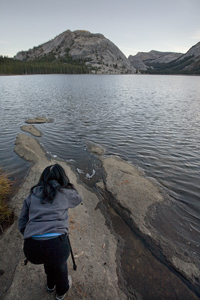 |
 |
 |
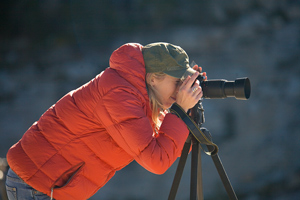 |
 |
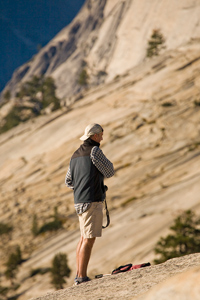 |
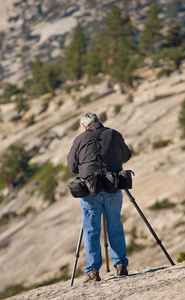 |
 |
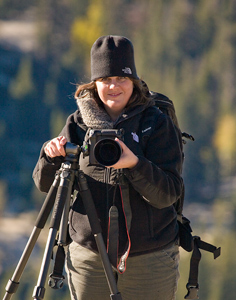 |
 |
 |
 |
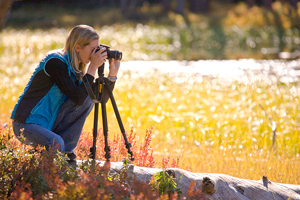 |
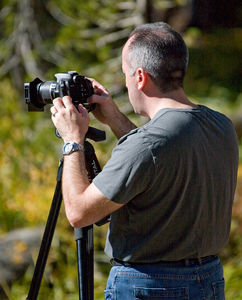 |
 |
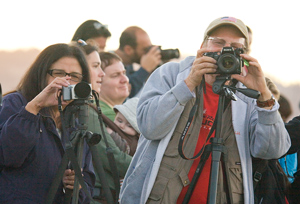 |
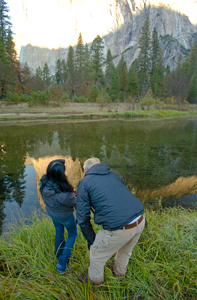 |
 |
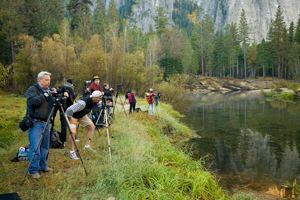 |
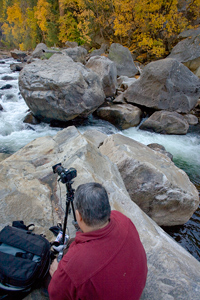 |
 |
 |
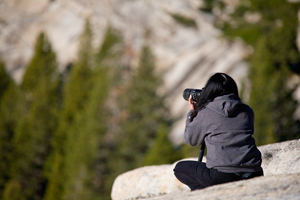 |
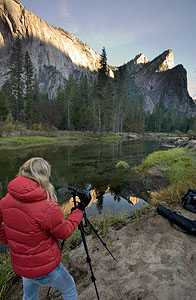 |
 |
 |
 |
 |
 |
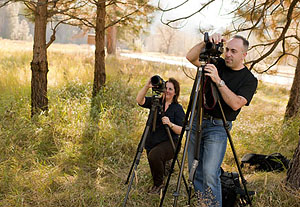 |
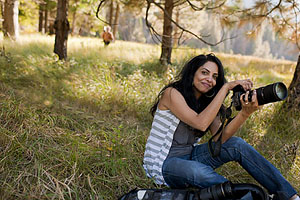 |
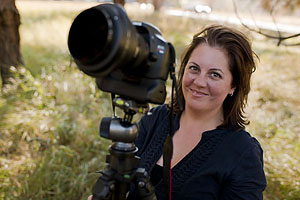 |
 |
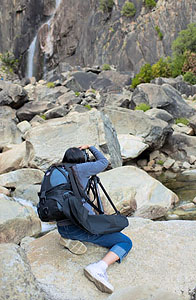 |
 |
 |
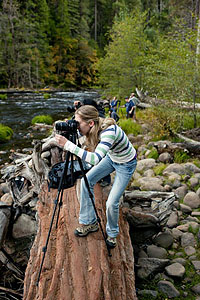 |
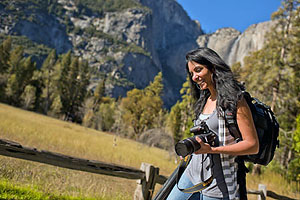 |
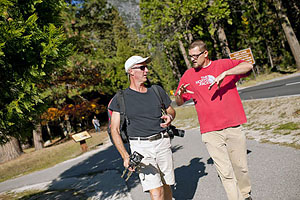 |
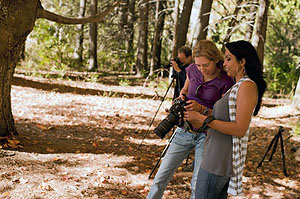 |
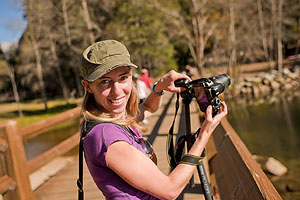 |
 |
 |
 |
|
 |
Other Cool Stuff→ Past Workshop Photos → 72dpi.com → How-To Articles → Photographer of the Month |
 |
Contact Us→ Contact Us → About Us → Site Map |
© 2009-2024 Aperture Academy, Inc.





